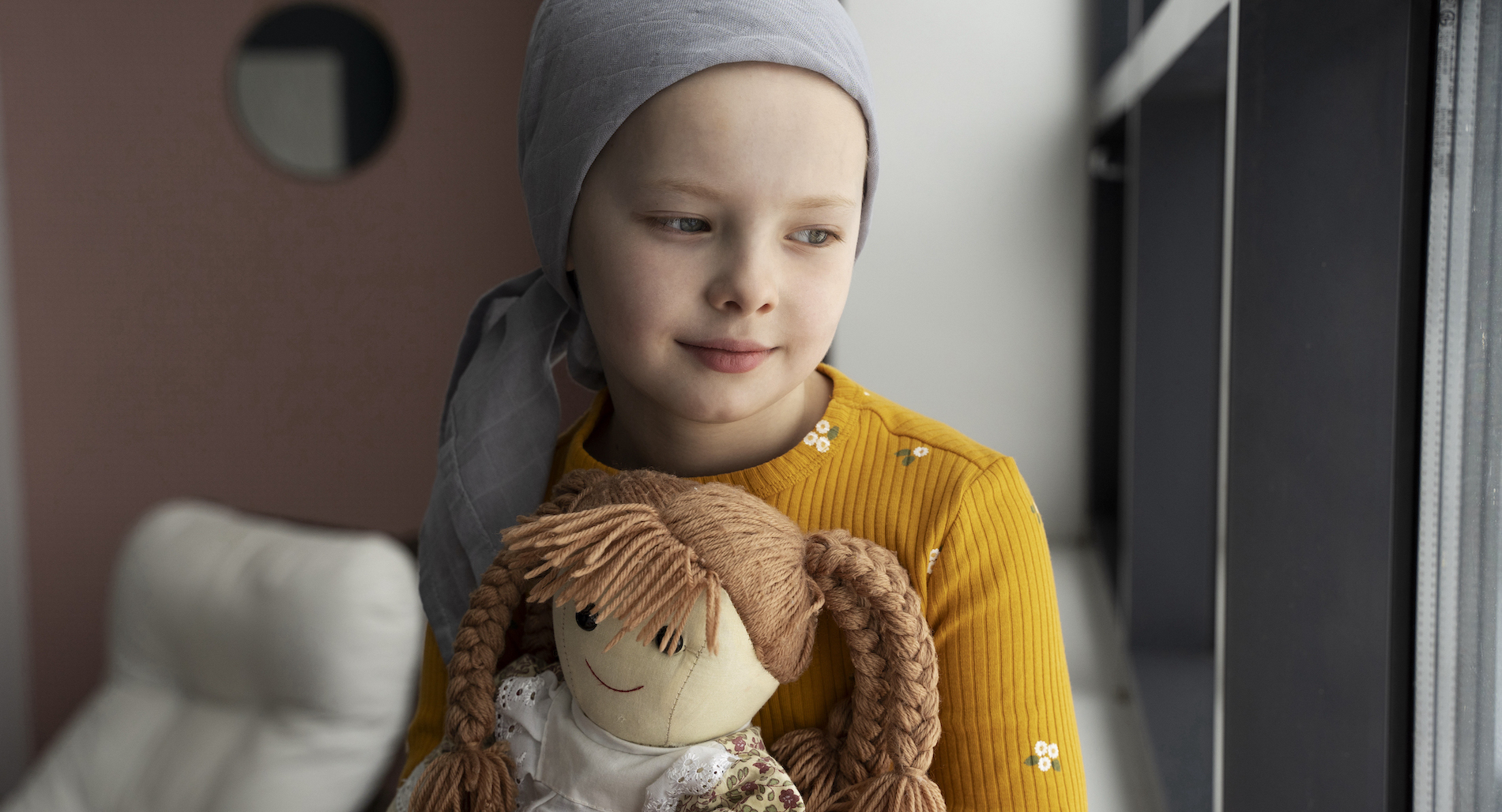
UBC Faculty of Medicine researchers at the BC Children’s Hospital Research Institute (BCCHR) have made a key discovery about how childhood acute lymphoblastic leukemia (ALL) evolves and responds to targeted therapies.
Published in Nature Communications, the study found that some treatable aspects of a child’s cancer that are present at diagnosis still remain if the disease returns. This finding suggests that clinicians can start looking for precision treatments for a child’s cancer immediately after diagnosis, rather than waiting until the cancer has come back.
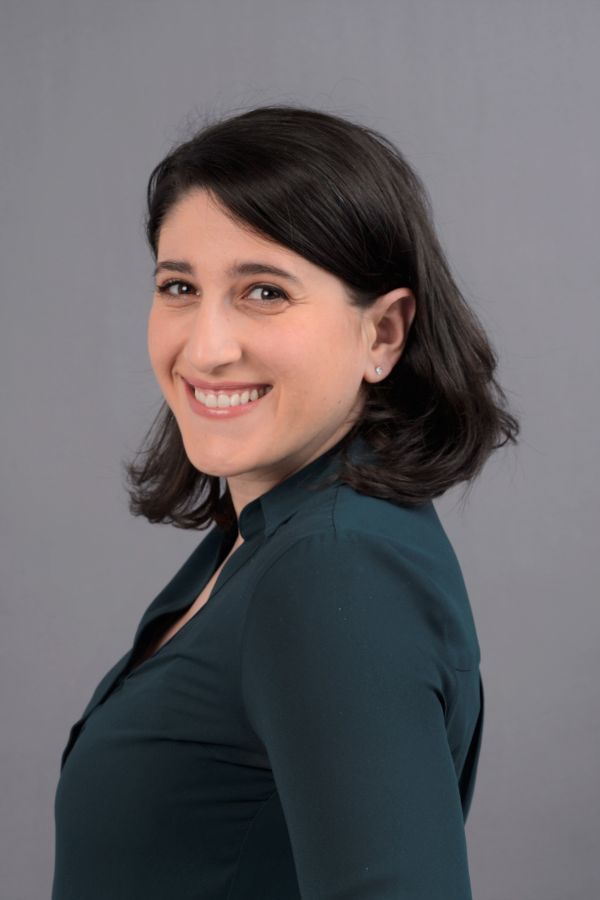
Dr. Amanda Lorentzian
Approximately 40 children are diagnosed with ALL in B.C. each year and, although most will be successfully treated, around one in 10 relapse.
“Currently, the vast majority of children with ALL receive curative treatment after diagnosis,” says Dr. Amanda Lorentzian, first author on the study, who completed the research as part of her PhD under the supervision of UBC’s Dr. Philipp Lange and Dr. Christopher Maxwell. “The issue is treating those 10 per cent of children whose cancer returns.”
Precision oncology — targeted treatment tailored to the unique molecular traits of an individual child’s cancer — is one of the most hopeful strategies for these children when standard chemotherapy fails.
“To make the best use of precision oncology, we need to better understand how cancers evolve and whether responses to targeted treatments may be gained or lost when it relapses,” says co-senior author Dr. Philipp Lange, Canada Research Chair and professor of pathology and laboratory medicine at UBC, and researcher at BCCHR. “By studying rare samples of ALL progression, we can identify meaningful information about the child’s disease, and its potential vulnerability, starting from initial diagnosis.”
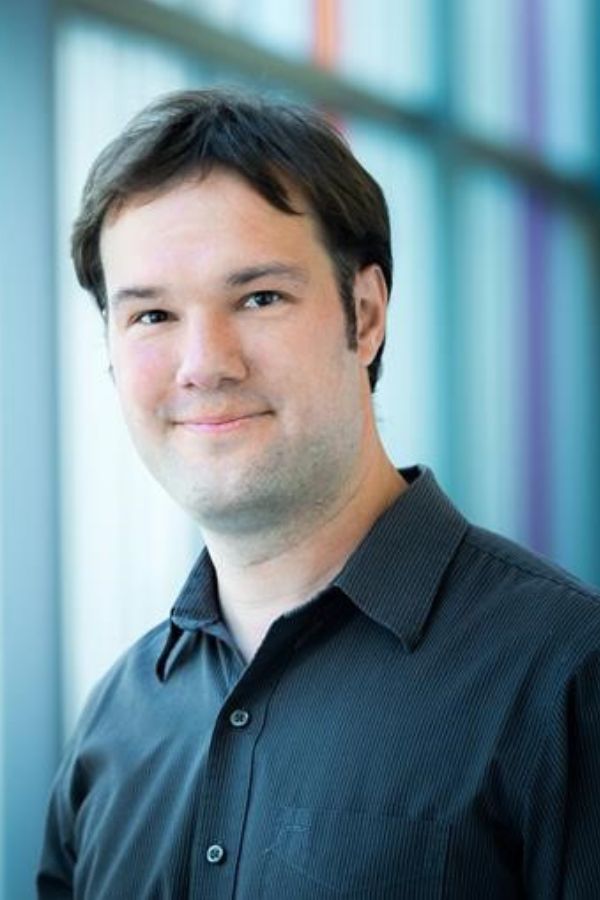
Dr. Philipp Lange
The researchers used patient biopsy samples collected at BC Children’s and stored at BC Children’s BioBank, as well as publicly available data, to track how cancers changed between initial diagnosis and after the cancer had returned.
“This study is great news for children with acute lymphoblastic leukemia and their families, and we are incredibly grateful to the research team at the Michael Cuccione Childhood Cancer Research Program and the BC Children’s Hospital Research Institute for their hard work,” said Adrian Dix, Minister of Health. “The ability for clinicians and researchers to investigate precision treatments for patients with this type of cancer immediately after diagnosis will bring peace of mind to patients and families and provide better outcomes for this type of diagnosis.”
Importantly, the team analyzed changes in the proteome — the molecules and proteins produced by the cancer cells — as well as the changes in the cancer’s genes.
“Therapies don’t target the genes, they target proteins,” says Dr. Lange. “While a lot of research has focused on the genetic variants associated with an increased risk of certain cancers, few studies have investigated how protein levels change between diagnosis and relapse, especially when looking at treatment targets.”
“In this study we pay particular attention to the proteins, in addition to looking at the underlying genetic factors.”
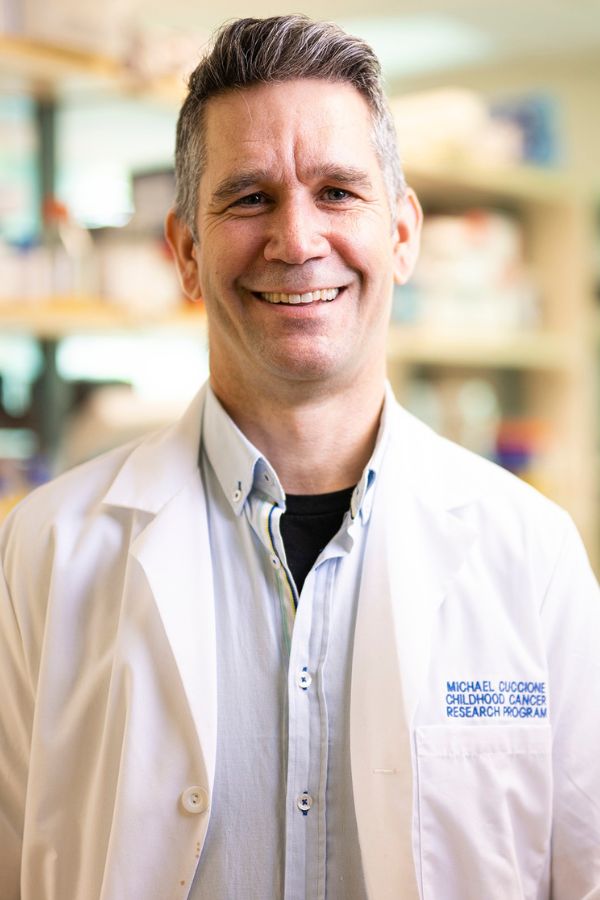
Dr. Christopher Maxwell
As an example of the potential of this combined genomic and proteomic approach, the team found that drugs that target the protein PARP1 — a molecule involved in DNA repair — worked well against both initial and relapsed models of ALL. Importantly, drugs that target this pathway, known as PARP inhibitors, would not have been an obvious choice had the cancers only been analyzed at the genetic level.
“Our study highlights the great potential of treatments selected on the combination of genetic and protein information,” says co-senior author Dr. Christopher Maxwell, associate professor of pediatrics at UBC and researcher at BCCHR.
“When a child is diagnosed with this disease, these types of analyses can help us zero in on more tailored treatments should the cancer return.”
The research team are members of the Michael Cuccione Childhood Cancer Research Program, supported by funding from BC Children’s Hospital Foundation and the Michael Cuccione Foundation, and are part of the BRAvE Initiative.
A version of this story originally appeared on the BC Children’s Hospital Research Institute website.
Study shows potential of new treatment strategies for most common childhood cancer - UBC Faculty of Medicine
Read More
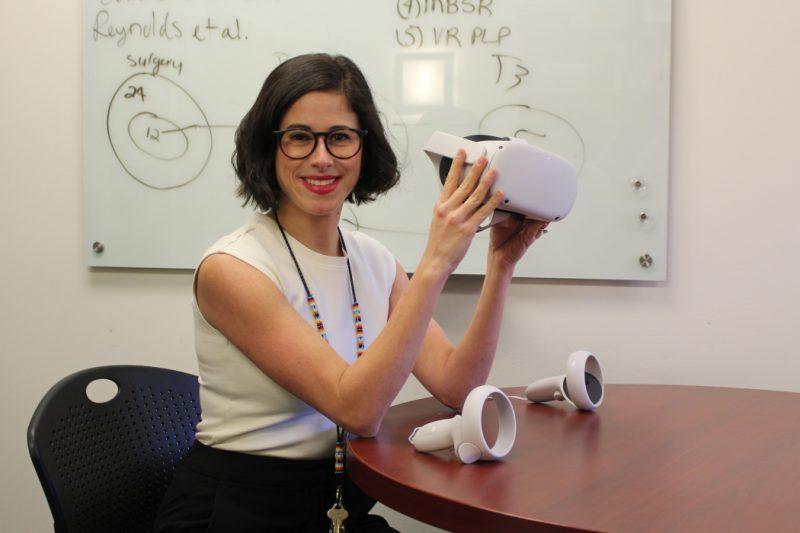
No comments:
Post a Comment